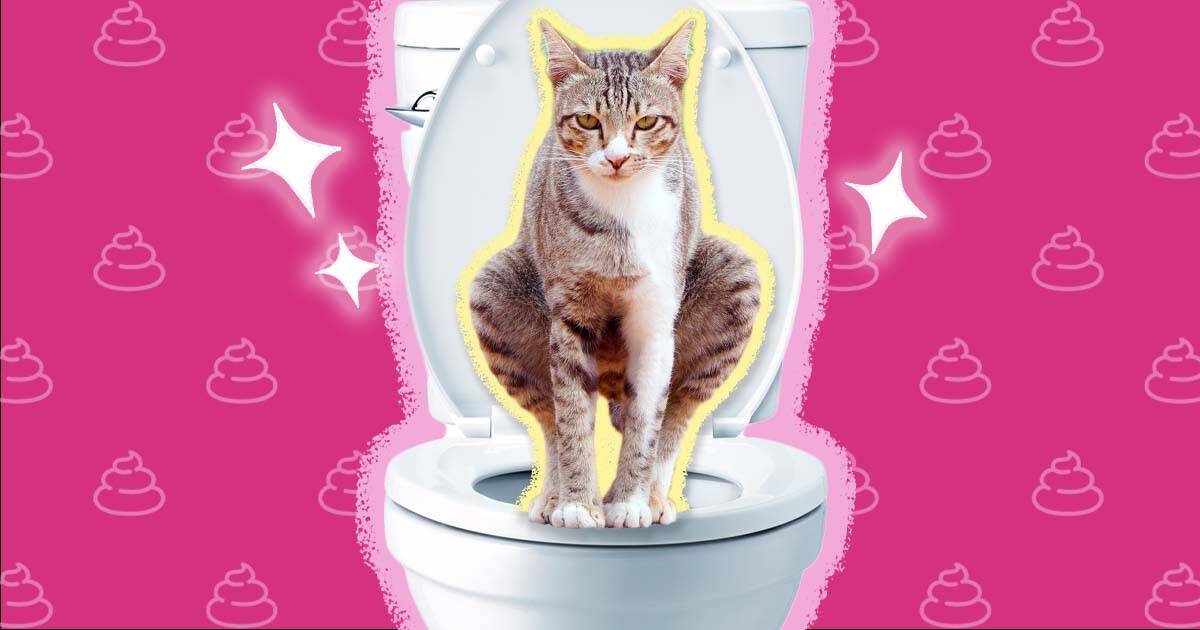The article author is making a number of great annotation relating to How to Dispose of Cat Poop and Litter Without Plastic Bags in general in this post down the page.

Introduction
As feline owners, it's essential to be mindful of how we get rid of our feline good friends' waste. While it might appear convenient to flush cat poop down the toilet, this practice can have detrimental effects for both the environment and human health.
Alternatives to Flushing
Thankfully, there are more secure and a lot more responsible means to get rid of pet cat poop. Think about the adhering to options:
1. Scoop and Dispose in Trash
One of the most typical approach of disposing of feline poop is to scoop it into a naturally degradable bag and toss it in the trash. Be sure to utilize a dedicated litter scoop and deal with the waste promptly.
2. Use Biodegradable Litter
Select eco-friendly cat clutter made from materials such as corn or wheat. These clutters are eco-friendly and can be safely taken care of in the trash.
3. Bury in the Yard
If you have a backyard, consider burying feline waste in an assigned location far from veggie gardens and water sources. Make certain to dig deep adequate to stop contamination of groundwater.
4. Mount a Pet Waste Disposal System
Purchase a family pet garbage disposal system specifically designed for pet cat waste. These systems make use of enzymes to break down the waste, decreasing smell and ecological effect.
Wellness Risks
In addition to environmental issues, flushing pet cat waste can likewise present health threats to people. Feline feces might have Toxoplasma gondii, a bloodsucker that can trigger toxoplasmosis-- a possibly extreme health problem, specifically for expectant women and people with weakened body immune systems.
Ecological Impact
Purging feline poop presents hazardous microorganisms and bloodsuckers right into the water system, positioning a significant danger to marine ecological communities. These pollutants can negatively affect aquatic life and concession water quality.
Verdict
Liable family pet ownership expands beyond providing food and sanctuary-- it also involves appropriate waste monitoring. By avoiding purging cat poop down the bathroom and going with different disposal methods, we can minimize our ecological impact and shield human wellness.
Why Can’t I Flush Cat Poop?
It Spreads a Parasite
Cats are frequently infected with a parasite called toxoplasma gondii. The parasite causes an infection called toxoplasmosis. It is usually harmless to cats. The parasite only uses cat poop as a host for its eggs. Otherwise, the cat’s immune system usually keeps the infection at low enough levels to maintain its own health. But it does not stop the develop of eggs. These eggs are tiny and surprisingly tough. They may survive for a year before they begin to grow. But that’s the problem.
Our wastewater system is not designed to deal with toxoplasmosis eggs. Instead, most eggs will flush from your toilet into sewers and wastewater management plants. After the sewage is treated for many other harmful things in it, it is typically released into local rivers, lakes, or oceans. Here, the toxoplasmosis eggs can find new hosts, including starfish, crabs, otters, and many other wildlife. For many, this is a significant risk to their health. Toxoplasmosis can also end up infecting water sources that are important for agriculture, which means our deer, pigs, and sheep can get infected too.
Is There Risk to Humans?
There can be a risk to human life from flushing cat poop down the toilet. If you do so, the parasites from your cat’s poop can end up in shellfish, game animals, or livestock. If this meat is then served raw or undercooked, the people who eat it can get sick.
In fact, according to the CDC, 40 million people in the United States are infected with toxoplasma gondii. They get it from exposure to infected seafood, or from some kind of cat poop contamination, like drinking from a stream that is contaminated or touching anything that has come into contact with cat poop. That includes just cleaning a cat litter box.
Most people who get infected with these parasites will not develop any symptoms. However, for pregnant women or for those with compromised immune systems, the parasite can cause severe health problems.
How to Handle Cat Poop
The best way to handle cat poop is actually to clean the box more often. The eggs that the parasite sheds will not become active until one to five days after the cat poops. That means that if you clean daily, you’re much less likely to come into direct contact with infectious eggs.
That said, always dispose of cat poop in the garbage and not down the toilet. Wash your hands before and after you clean the litter box, and bring the bag of poop right outside to your garbage bins.
https://trenchlesssolutionsusa.com/why-cant-i-flush-cat-poop/

I was made aware of that editorial on Can You Flush Cat Poo or Litter Down the Toilet? from an acquaintance on another website. If you liked our article please don't forget to pass it around. Thanks a lot for taking the time to read it.
Booking Page